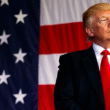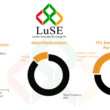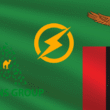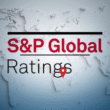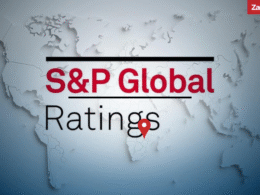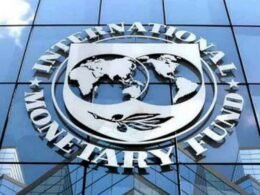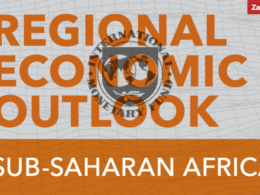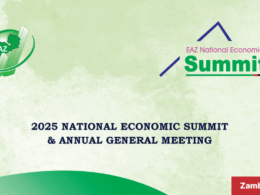The World Bank (WB) expects that Zambia’s GDP growth will remain close to 3.0% in 2016, before improving in 2017 (4.2%) and again in 2018 (5.0%).
This was indicated in the Zambia Economic Brief titled “Beating the Slowdown: Making Every Kwacha Count”, published by the World Bank (WB) on June 22, 2016.
The positive outlook for the Zambian economy is based on:
- stable and low copper prices
- a budget geared towards a more sustainable fiscal stance supporting medium-term growth
- an agreement with the IMF on a program of support
- a less severe power crisis than in 2015 thanks to new generation capacity
- a better harvest in 2015-16 than in 2014-15
The WB notes that if global copper supplies better match the demand, and prices recover once again, further growth could be achieved.
The report also observes that commodity price shock highlights the need for Zambia to reduce its dependence on copper.
In relation to clear and credible budget policies toward a more sustainable fiscal stance, the report suggests that fiscal measures to improve the financial sustainability of the power sector should include the removal of fuel subsidies.
Ina-Marlene Ruthenberg, WB Country Manager for Zambia, commented: “International experience demonstrates that such [fiscal] measures are best complemented by scaling-up cash transfer programs, both in terms of the amount households receive, and the number of vulnerable households benefiting to protect the vulnerable during any transition.”
The report also mentions that investment in the mineral and non-mineral sectors in Zambia remain attractive despite the current economic slowdown.

